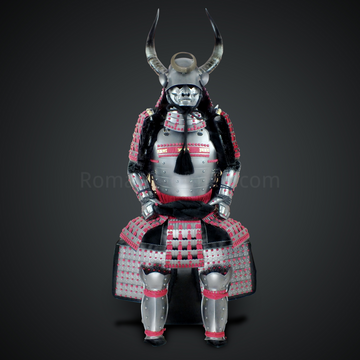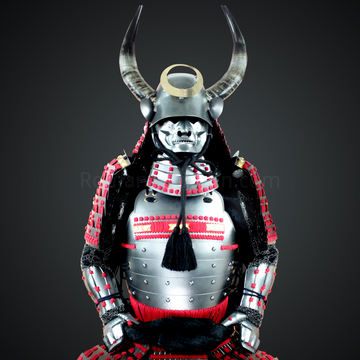Nie Hon'i in Japanese Katana terminology
匂本位 (Nie Hon'i)
What is Nie Hon'i in Japanese Katana terminology?
Nie Hon'i refers to a type of blade pattern (Hamon) in Japanese swords. ""匂"" (Nie) refers to the tiny crystals that appear in the blade pattern (Hamon), which are so small that they cannot be seen with the naked eye. Among the blade pattern (Hamon)s that appear in swords, those with a strong presence of Nie are called ""匂本位"" (Nie Hon'i).
Most Japanese sword edges (Habuchi) are a mixture of Nie and ""沸"" (Nioi: larger particles that form a pattern on the blade when it is tempered), and they are classified as Nie Hon'i or ""沸本位"" (Nioi Hon'i) depending on which component is dominant.
There are swordsmiths who forged Nie Hon'i works in various places. In Bizen Province (currently the eastern part of Okayama Prefecture), there were ""家助"" (Iesuke) and ""清光"" (Kiyomitsu). In Bitchu Province (currently the western part of Okayama Prefecture), there was ""青江"" (Aoe). In Mino Province (currently the southern part of Gifu Prefecture), there were ""兼光"" (Kanemitsu) and ""金重"" (Kinju). In Mutsu Province (currently parts of Fukushima, Miyagi, Iwate, Aomori, and Akita Prefectures), there was ""宝寿"" (Houju). In Hoki Province (currently the western half of Tottori Prefecture), there was ""伯州広賀"" (Hakushu Hiroyoshi).








